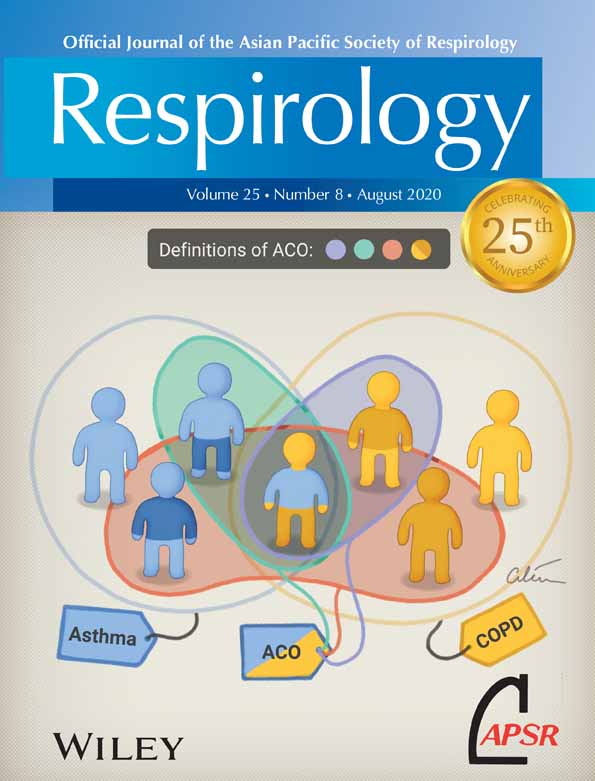Face masks for community use: An awareness call to the differences in materials
To the Editors:
Sunjaya and Jenkins present several evidence-based arguments favouring the universal use of face masks against coronavirus disease 2019 (Covid-19).1 Considering the need for prioritizing medical masks to healthcare professionals, the authors recommend using home-made cloth masks (‘community masks’) for the general public.1 The ability of such masks to filter particles is not expected to be indifferent to the cloth type and to the number of layers. While some materials have been assessed, comparative studies are scarce. Therefore, and to help providing recommendations on community masks, we assessed different types of cloth in their filtration capacity and breathability.
We assessed filtration capacity and breathability/air permeability with the methods validated by the Portuguese National Authority for Medication and Health Products for licensing cloth masks for community use.2 Filtration capacity, as defined by the EN 14683 standard,3 was assessed by performing two filtration efficiency assays, with quantification, by size classes, of the percentage of particles in the aspired air sized 0.5–5 μm that passed through each fabric. Breathability, as defined by the EN 14683 standard,3 was assessed by determining air permeability (i.e. air flow through the fabric sample). Testing was carried out according to EN ISO 9237:1995 under fixed air flow conditions,4 with five assays performed for each sample. For community masks, air permeability should be >8 L/min,2, 4 and—under national regulation—the percentage of filtered 3 μm particles should be >90% (for non-healthcare workers contacting with a large number of individuals) or >70% (for other non-healthcare workers and use in public settings).2
We have tested 49 different fabrics, including 11 widely accessible options for home-made community masks. Among the latter, two-layered nonwoven and jersey knit were found to filter >70% of 3 μm particles, albeit filtering <90% of such particles (Table 1). Cotton plain weave was found to be the most effective cloth for filtering 0.5–1 μm particles, followed by two-layered jersey, oxford and nonwoven fabrics. Of those fabrics, only nonwoven and jersey had acceptable air permeabilities (29 and 11 L/min, respectively). Denim was overall found to have low filtration ability. In addition, we tested 38 more complex textiles for their breathability and capacity to filter 3 μm particles, with 7 of them being able to filter >90% of 3 μm particles with air permeability >8 L/min. Results can be interactively explored at http://simtestcovid.gim.med.up.pt/mask/
| Fabric sample | Air permeability (L/min) † | Filtration by particle size (%) ‡ | ||||
|---|---|---|---|---|---|---|
| 0.5 μm | 0.7 μm | 1 μm | 3 μm | 5 μm | ||
| Nonwoven; 81 g—one layer | 55 | 13 | 12 | 19 | 58 | 75 |
| Nonwoven; 160 g—two layers | 29 | 20 | 24 | 26 | 71 | 85 |
| Plain weave woven (100% cotton); 120 g—two layers | 3.9 | 28 | 39 | 42 | 66 | 79 |
| Plain weave woven (70% polyester/30% cotton); 100 g—two layers | 14.4 | 10 | 15 | 17 | 46 | 62 |
| Oxford shirt woven (100% cotton); 130 g—two layers | 5.2 | 21 | 29 | 32 | 64 | 69 |
| Jersey T-shirt knit (100% cotton); 150 g—two layers | 10.6 | 16 | 23 | 27 | 77 | 89 |
| Flax shirt woven (100% flax); 145 g—two layers | 60.0 | 10 | 15 | 17 | 53 | 70 |
| Denim twill (100% cotton); 270 g—one layer | 1.3 | 16 | 21 | 24 | 44 | 47 |
| Plain weave denim (100% cotton); 310 g—one layer | 7.5 | 11 | 13 | 13 | 25 | 31 |
| Plain weave denim (lyocell); 160 g—one layer | 34.7 | 9 | 12 | 13 | 29 | 37 |
| Plain weave denim (lyocell); 320 g—two layers | 16.7 | 7 | 16 | 20 | 49 | 58 |
- † Air permeability should be of at least 8 L/min for community and medical masks.
- ‡ National quality regulation defines that community masks should filter at least 70% of 3 μm particles (for use in public settings or for non-healthcare workers contacting with a small number of individuals), or at least 90% of 3 μm particles (for non-healthcare workers contacting with large number of individuals). Surgical/medical masks are required to filter at least 98% of 3 μm particles and 90% of 0.5–0.7 μm particles.
Our results focused on accessible cloth, based on which community house masks can be made—of those fabrics, two-layered nonwoven and jersey ‘T-shirt’ knit were found to be those with the best performance when considering both filtration capacity and breathability. Nevertheless, their particle retention capacity is still below those of more complex multi-layered textiles and of surgical masks. Therefore, while some ‘home-made’ masks based on common cloth can be used for daily activities of asymptomatic patients, they are probably inadequate for health professionals or other workers contacting with large numbers of individuals, or for caregivers of Covid-19 patients treated at home. Our results point to the importance of textile properties when devising community masks, to ensure a more effective protection.
Data availability statement
The data that support the findings of this study are openly available at http://simtestcovid.gim.med.up.pt/mask/




